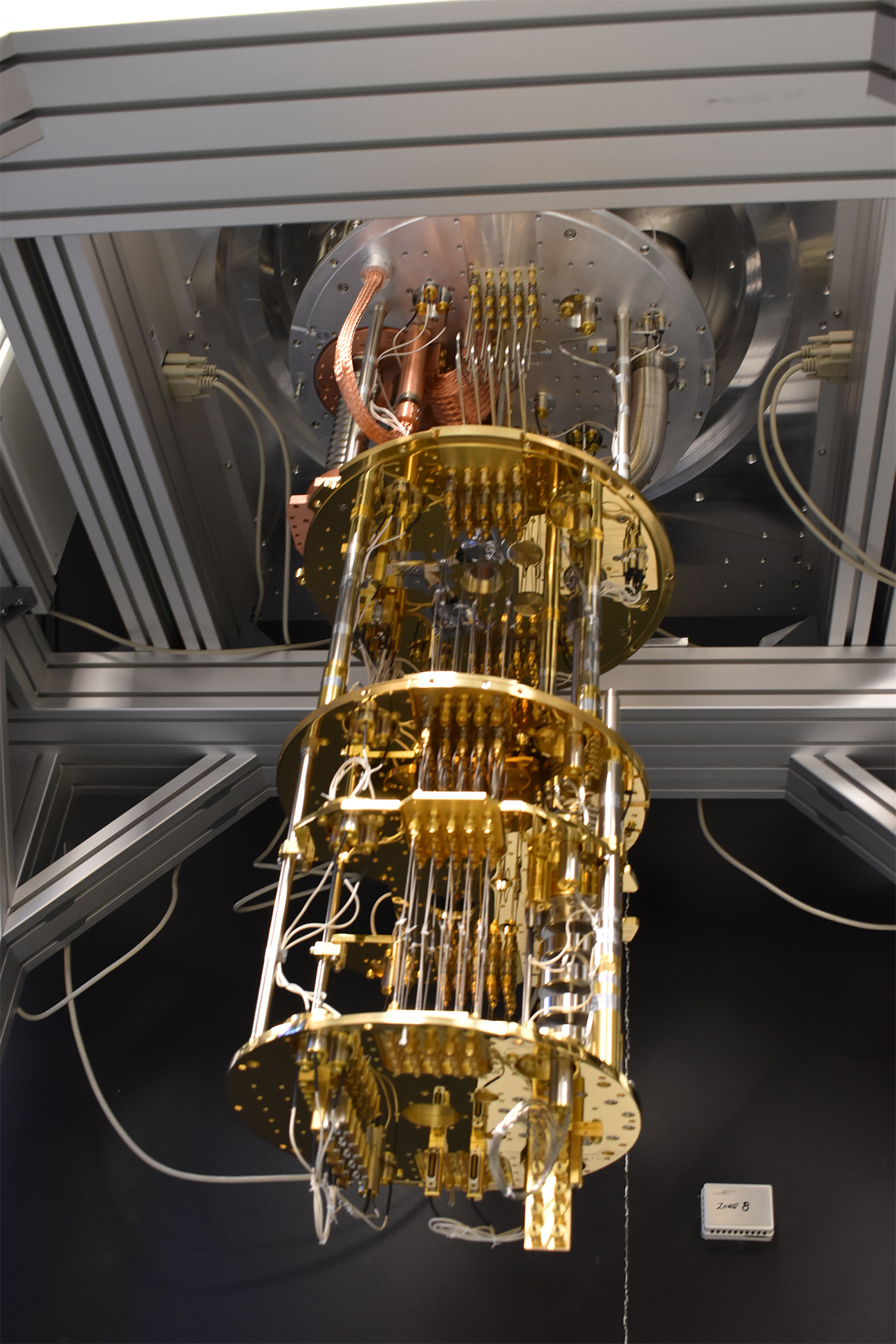AFRL Information Directorate FY 2020 total annual economic impact at $501 million
ROME, N.Y. (AFRL) – The Air Force Research Laboratory Information Directorate, located in Rome, New York, leads the Air Force and Nation in Command, Control, Communications, Computers, and Intelligence (C4I) and Cyber science, technology, research, and development. It has a substantial economic impact within the Utica-Rome Metropolitan Statistical Area (MSA), as well as the Syracuse MSA. The total economic impact area includes the five counties of Herkimer, Madison, Oneida, Onondaga, and Oswego. The site’s Economic Impact Analysis for Fiscal Year (FY) 2020 estimated the total annual economic impact to be $501 million. This is a $34 million increase (7.4%) from FY 2019.
Some key economic factors:
- In FY 2020, the directorate received funds totaling over $1.5 billion.
- The Information Directorate had a work force of 838 military and civilian employees in FY 2020. Combined annual salaries were over $105 million. Approximately 96% of the civilian workforce makes its home in the five-county impact area.
- There were 372 on-site contractors under Air Force contracts during FY 2020. Annual payroll for these on-site contractors was estimated to be $47 million.
- Annual expenditures of the Information Directorate in the five-county impact area totaled $283 million in FY 2020. Included in this figure are local service and facility modernization contracts, as well as research and development contracts granted to contractors in the five-county impact area. Annual expenditures increased $24.2 million from the previous year. This was primarily due to a 16% increase in research and development contracts granted to contractors in the impact area.
- The FY 2020 Economic Impact Analysis estimates the Information Directorate was responsible for an additional 1,415 indirect jobs in the five-county impact area. The estimated annual dollar value of these local jobs created was $70 million.

A cryogenic refrigerator installed in the Quantum Information and Sciences Laboratory at AFRL’s Information Directorate in Rome, New York. The device is used by AFRL researchers to measure the energy and coherence times of superconducting quantum bits (qubits), two important characteristics that determine how long qubits can retain quantum information. (Courtesy photo)
